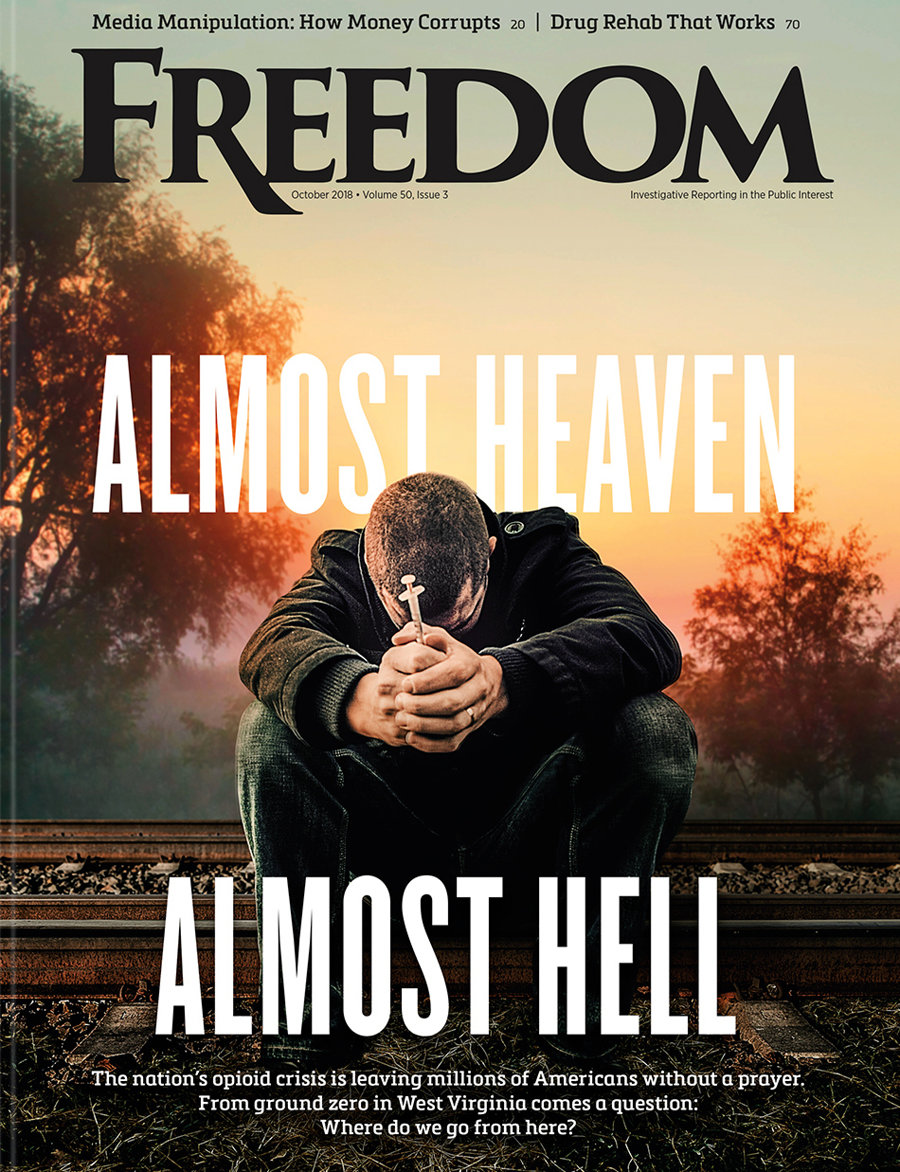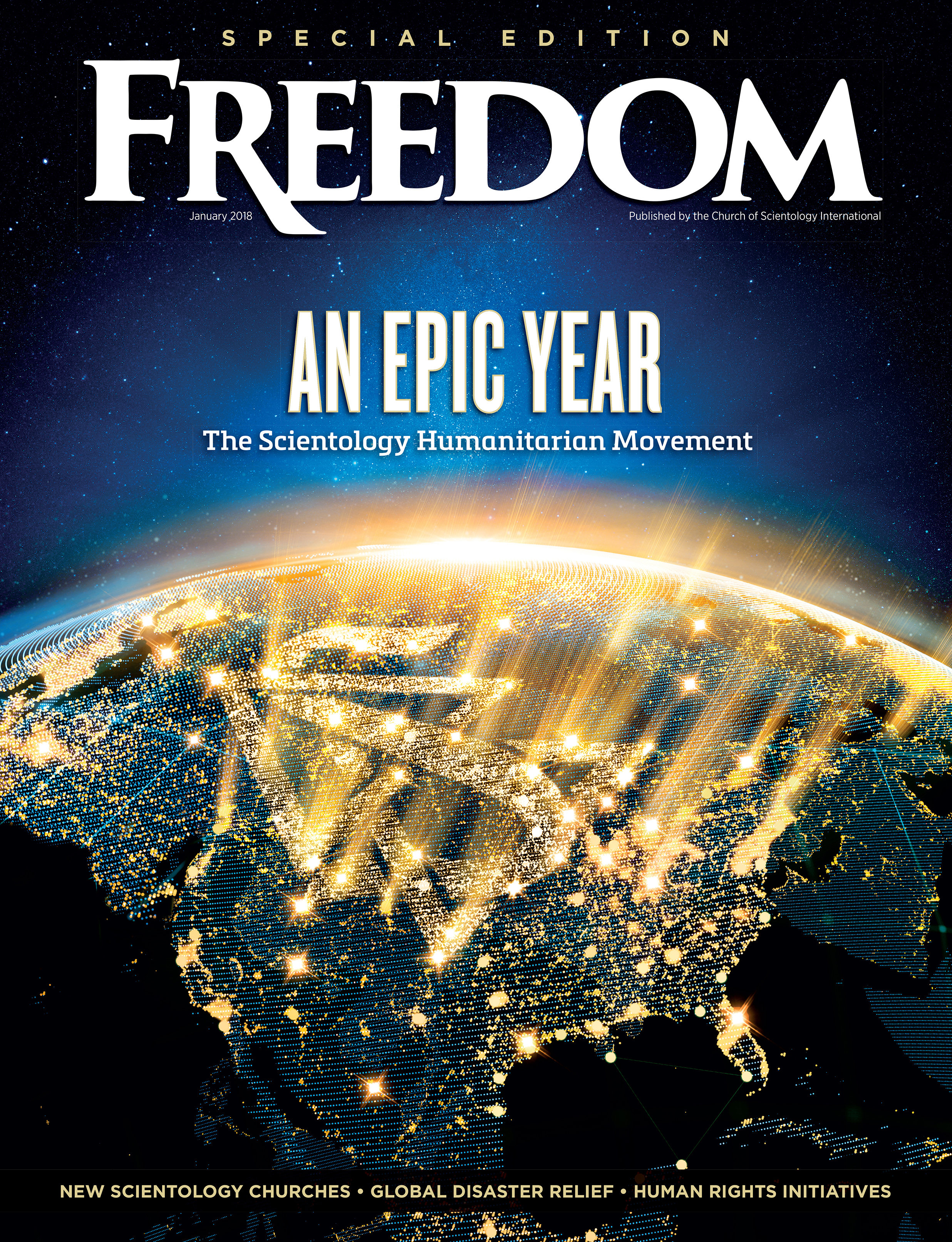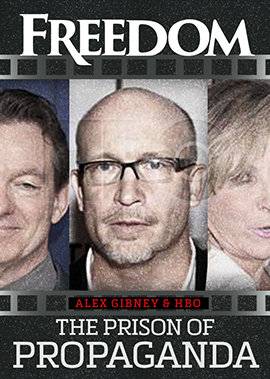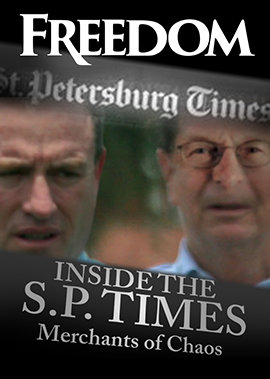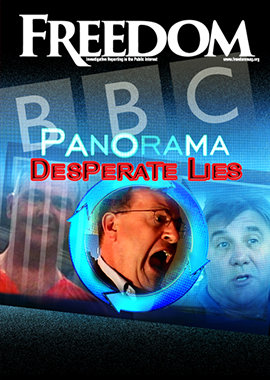Might it be seven? How about 15? Would 123 qualify?
How about one?
Isn’t one—an easily avoidable and terribly tragic one—way too much?
A “shocking” new study has found that cardiac events are a major cause of ECT-related deaths. Up to one in 15 people who undergo the barbaric “treatment” experience at least one cardiac event, including heart failure, cardiac arrest and death.

Imagine the horror—with a mind still clouded and befuddled from having 460 violent volts of electricity shot through it: Suddenly you feel a chest pain, as if an elephant was sitting on your torso. Next, pain starts radiating down your left side and left arm. You have trouble breathing. You’re sweating and becoming lightheaded. You feel you may vomit. You start trembling. The pain worsens and then… fade to black.
It’s over.
Of course, there are other ways to die from ECT. You may have an accidental overdose from anesthesia and just never wake up. You may suffer a stroke, you may expire from hyperventilation or suddenly elevated blood pressure resulting in a pulmonary embolism. You may also die from infection acquired in the hospital or from gastrointestinal bleeding. Take your pick—the risks are many.
The ECT death rate is 50 times higher than the US murder rate.
There’s a potent reason for arguing in favor of ECT—even if it means risking or ending lives: money.
But the evidence is now black and white that there is a definite—and fatal—connection between electroshock and cardiac deaths. The University of East London’s recent study also found a disturbing pattern of violation of informed consent, with patients not even being told of the dangerous cardiac death risk of such “treatment.”
Dr. John Read, professor of psychology at University College of London and author of the new study, found: “It is calculated that the probability of ECT causing one or more of six cardiac events … is between one in 15 and one in 30 patients, and that these cardiac events are a major cause of ECT-related deaths.”

Mental health watchdog Citizens Commission on Human Rights noted that, out of 8,148 ECT patients in Texas, seven died within two days of their “treatment.” In the next 12 days, eight more died of cardiac events.
According to a Swedish study, 123 ECT patients out of 20,225 died within 30 days of their last “treatment.” Some 65 percent of patients who died within 24 hours of ECT suffered cardiovascular deaths.
Biomedical engineer Dr. Ken Castleman explains why: “ECT stimulates the sympathetic nervous system, which controls many aspects of cardiovascular function. The powerful electrical discharge causes a spike in blood pressure. The intense stress that the ECT-induced seizure places on the heart increases the risk of adverse cardiovascular events, especially in patients who have pre-existing cardiac conditions.”
Such patients “are considerably more at risk of cardiac damage or death than healthy individuals, yet cardiac pre-screening of ECT patients is not widely used.”
But why pre-screen? Psychiatrists are far too arrogant to listen to cardiologists, anyway. In the American Psychiatric Association’s (APA) own words: “Medical consultation is sometimes used to obtain a better understanding of the patient’s medical status…. To ask for ‘clearance’ for ECT, however, assumes that such consultants have the special experience or training required to assess all risks and benefits of ECT compared with treatment alternatives—a requirement that is unlikely to be met.”

Psychiatrists “should not request ‘clearance’ for ECT,” the APA concludes.
There’s a potent reason for arguing in favor of ECT—even if it means risking or ending lives: money. Given its high price tag and the millions of prospective patients, the profits are enormous. (The average ECT treatment cost is $2,500 per session, with the average patient program running six to 12 sessions.)
Which explains why, while the World Health Organization recommends an end to ECT, ECT proponents respond with a plethora of “studies” insisting that the risk of cardiac events is negligible.
“Major adverse cardiac events and death after electroconvulsive therapy are infrequent,” the National Institutes of Health wrote.
How “infrequent” is infrequent enough?
ECT champions are evidently all too willing to accept the occasional heart attack, the “rare” death, just to keep the old ECT money train rolling down the tracks straight into their bank accounts.
Dr. Read of the University College of London described studies justifying ECT as “the lowest quality of any I have seen in my 40-year career.”
“Various official reports, most psychiatric textbooks and many patient information leaflets have claimed, for decades, that the risk of death from ECT is so rare as to be inconsequential,” Dr. Read wrote, citing an American Psychiatric Association ECT Task Force Report in particular. “It should be noted that six of the eight [APA] task force members were directors of ECT services. The group included the incoming and outgoing presidents of the Association for Convulsive Therapy and three were financially involved with companies manufacturing ECT machines.”
In short, most proponents of ECT have their hands deep in the large ECT cookie jar and resist any scientific information which shows ECT to be ineffective, risky and likely to cause brain damage and long-term memory loss.
And, of course, death.
But one important question remains—and perhaps we should ask it of the psychiatrists hawking this torture masked as “treatment”: If you, or your loved ones, were among those murdered by ECT, would their deaths, to you, be “minimal”?






